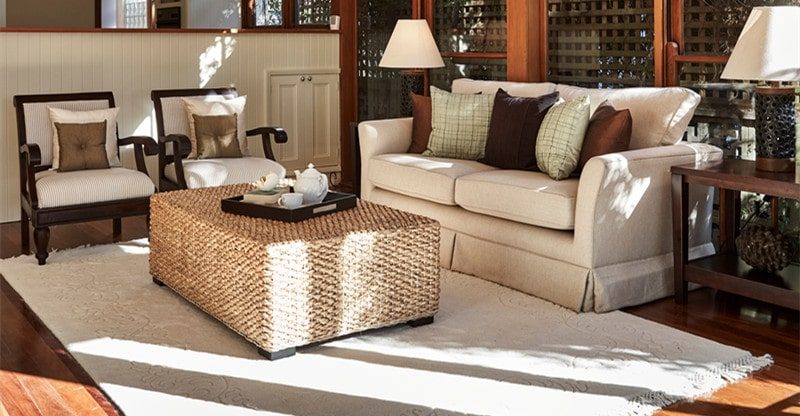All About The Types Of Rug Pads
Rug pads can make a big difference in your home, especially if you have hardwood floors. They provide extra protection and grip for the carpet to help it stay put, and prevent trips and falls. Rug pads come in several varieties, including non-skid, grip-only, and cushioned.
Natural Materials
A great rug pad should be plush and made from natural, eco-friendly materials. You want to make sure that the pad is safe for your family and for your home, which is why you should always buy a natural product. You should also consider what other products you use in your house. Organic products are much safer than conventional products.
Natural materials in the rug pad are also better for your floor. Try to use wool or recycled felt as these materials are more durable. 100% recycled felt is also a good choice as it will help keep waste out of the landfills. Felt is also lightweight and easy to cut to size.
Non-Skid
Non-skid rug pads are a great way to increase the life of your rug and to create a safer environment. However, it is not always easy to find a good product that will meet your needs and your budget. If you are not sure where to start your search, follow these tips to find the best product for you. You can also use lighter colors to add character and define the overall design theme of the room. A cream rug for the dining and hallways would look the best.
The first thing to know before buying a rug pad is the size you need. Some pad types are designed to fit a large area rug, while others are suited for smaller rooms. You should buy the size that matches the size of your rug.
Durability
The material of the rug pad can make a big difference in how the rug stays in place. Small rugs, which are not very heavy, are often placed in areas where there is a high level of traffic, so it is important to choose a rug pad that can withstand this level of traffic. If you choose a rubber-mesh pad, be sure to look for one that is made from 100 percent rubber. It is also important to avoid PVC pads, as they can leave behind stains on your floors.
Rug pads are available in a variety of sizes and shapes. Some can be trimmed to fit irregularly shaped rugs. Some are made of polyester material and are easy to clean. Some are even reversible, making them suitable for use with any indoor floor surface. However, not all types of floors are suitable for rug pads.
Generally, felt-and-rubber pads are preferred for most applications. If the rug pad will be in a high-traffic area, you should choose an all-rubber pad.
Otherwise, you will need to choose a mesh pad if it is going to be placed near a low-clearance door or in a place that gets wet often. However, mesh pads offer less padding than felt pads, so they will wear the rug faster. Also, most rubber-mesh pads contain fillers, so they can leave a powdery residue.
Airflow
A rug pad can prevent area rugs from shifting. This is especially important if the rug is placed on a polished floor, as it will tend to shift. You can secure a pad to the floor with double-sided carpet tape to keep it secure. These pads also feature ridges and bumps to trap dirt and debris. Besides preventing shifting, they also promote airflow through the rug, which is beneficial for maintaining and cleaning the rug.
Another important benefit of a rug pad is its ability to prevent harmful bacteria from growing in it. This can greatly improve the performance of vacuum cleaners and help your rug stay looking great in between professional cleanings. It will also prevent mildew and bacteria from developing underneath the rug, which will ensure that your home’s air quality remains good.
Placement
When placing a new rug, it is important to lay a rug pad on the floor. This pad should be non-stick and centered over the rug. If the rug is on hardwood floors, you should use a rubber-grip pad, while for carpeted areas, a felt pad is best.
After placing the pad, you may want to vacuum it to help smooth out any wrinkles. It is important to vacuum the pad at least twice a year. Also, having proper measurement before placing the rugs is also important. Always measure your rugs, the way you take the comforter size and bed measurements which are in inches.
A natural rubber pad will not stain your floors, and many are made with recycled synthetic fibers. These pads are made to work on hardwood, tile, and laminate floors. For tough surfaces, you may want to consider a polyvinyl grip pad. This thin pad will hold the rug in place without adding bulk to the rug’s pile.
Conclusion
A rug pad can make a significant difference in the feel of a rug. It can add extra cushion and spring, while also offering sound-dampening properties. Rug pads come in many different materials and should be chosen based on their characteristics and intended use.



